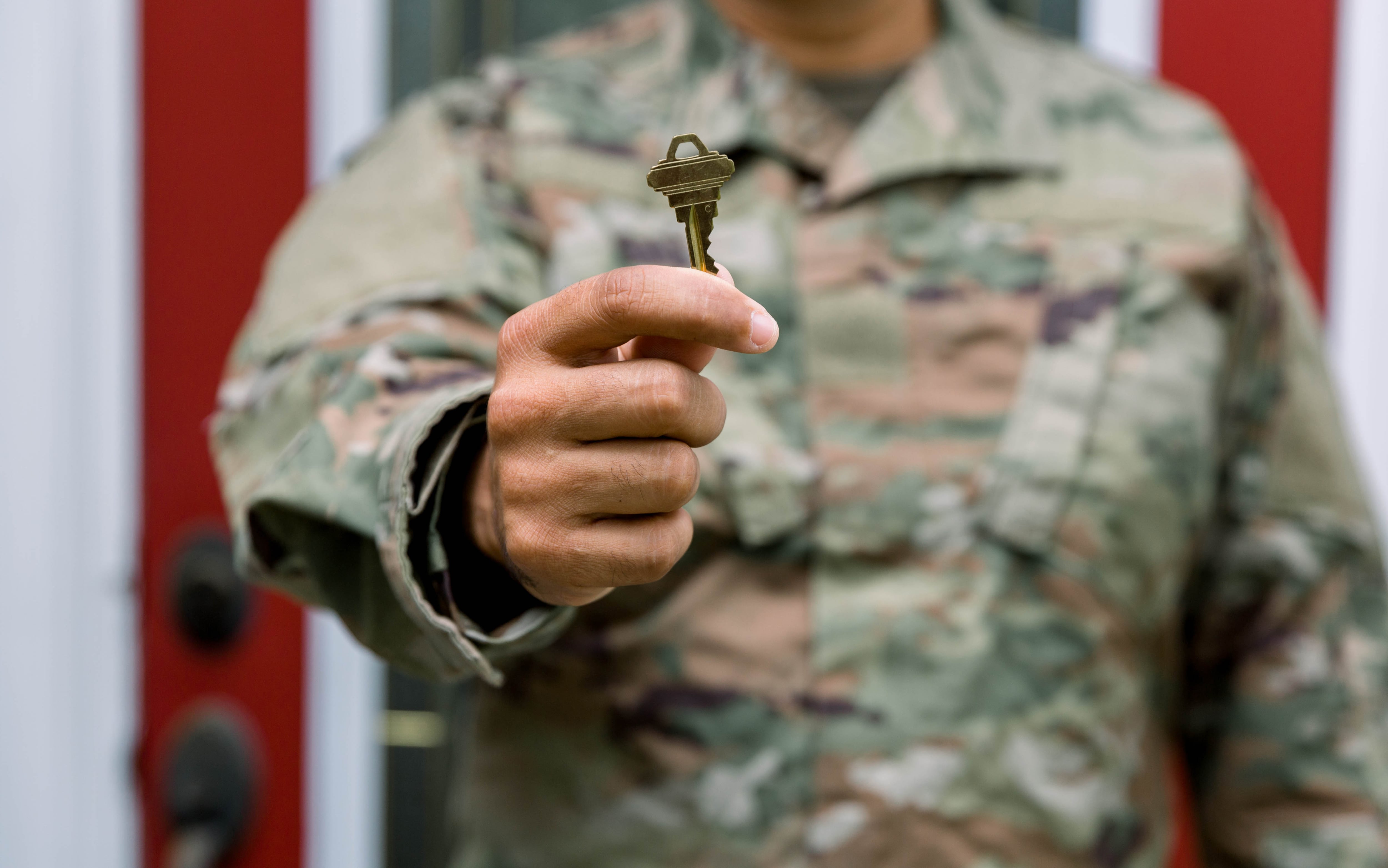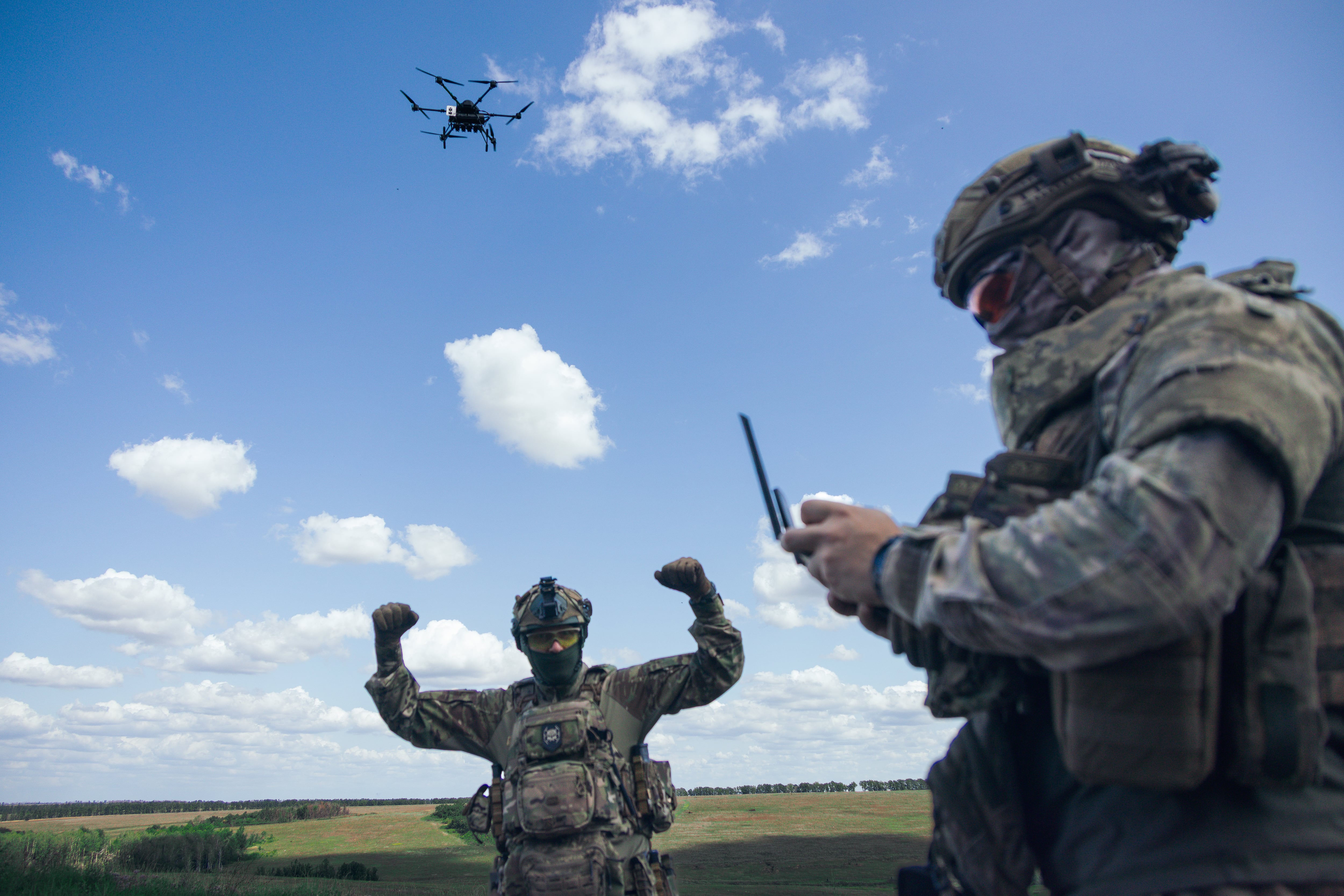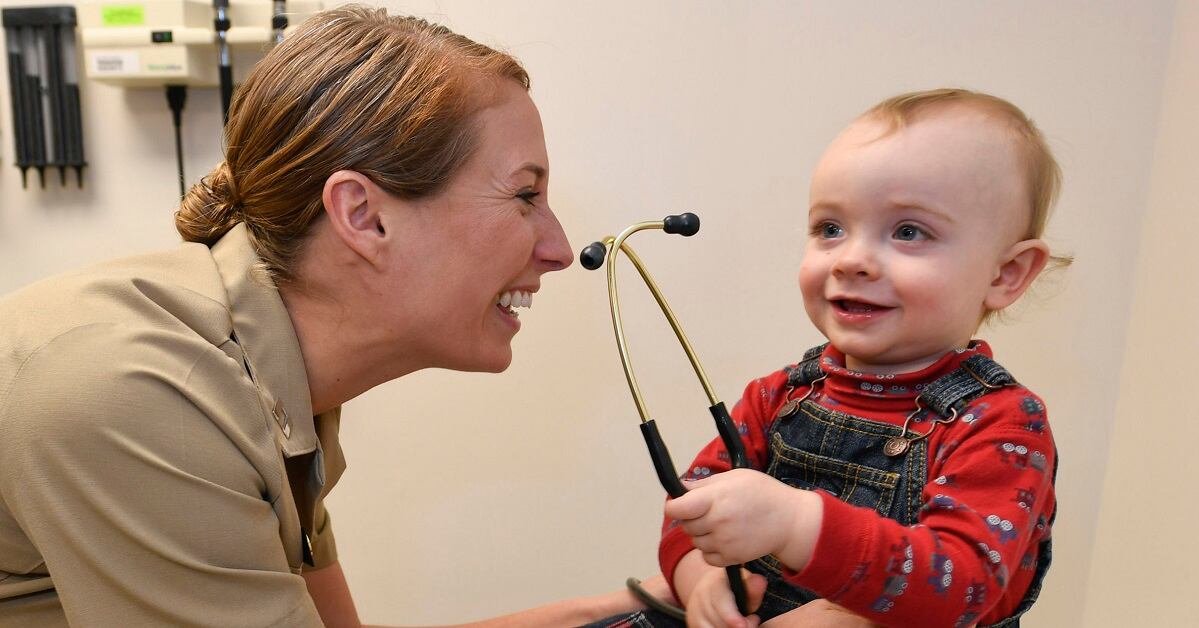The Air Force expects fewer than 200 retired pilots will return to active duty and serve as instructor pilots and in rated staff positions under an executive order issued by President Trump.
The Pentagon originally said after the order was signed Friday that as many as 1,000 retired pilots could be brought back for up to three years. But in a gaggle with reporters Monday at the Pentagon, Brig. Gen. Mike Koscheski, the head of a task force dedicated to fixing the Air Force’s pilot shortfall, said it likely won’t be that many.
Koscheski also said there are no plans now to have those recalled pilots fly other aircraft, such as fighters, bombers, tankers or mobility aircraft, though he could not rule out that changing at some point if the pilot shortfall continues and worsens.
And while the program’s authorities allow the Air Force to involuntarily recall retirees ― which was also the case before Trump expanded the program ― Koscheski stressed that it will remain a voluntary program.
“We are an all-volunteer force,” Koscheski said. “That is our focus. Even with these [involuntary] authorities that came with the package deal, if you will, the focus on this program was to get access to more retirees in a volunteer program.”
The entire Air Force ― active, guard and reserve ― is now about 1,500 pilots short, and about 1,300 of those vacancies are for fighter pilots, Koscheski said. He said the Air Force fears the fighter pilot shortage could be “a canary in the coal mine,” foreshadowing potential shortfalls in other career fields such as mobility pilots.
The Air Force’s pilot shortage largely stems from a massive hiring wave in the commercial airline industry, which sees the military as fertile recruiting ground. In an attempt to stay competitive, the Air Force has recently upped its monthly flight pay and offered massive retention bonuses of up to $455,000. The Air Force is also trying to improve pilots’ job satisfaction. But it hasn’t been enough.
Koscheski said the expansion was needed because the Voluntary Retired Return to Active Duty program, which Air Force Secretary Heather Wilson approved this summer, was extremely limited, only allowing 25 retired officers to come back for one year at most.
That was not “super appealing,” he said, and some felt it was not worth upending their life to return for just one year.
Between 10 and 15 retired pilots have already expressed interest in that VRRAD program, he said, and about three of those are under contract.
When Wilson announced the program in an August gaggle with reporters, it was only for retirees to take on staff jobs, freeing up current airmen to get back in the cockpit and improve their quality of life.
But now, Koscheski said, bringing rated retirees back for up to three years will give the Air Force time to make some of them instructor pilots to train new pilots. However, retirees will need some retraining before they can be brought back on flying status, he said, and the Air Force expects a relatively small number will become instructor pilots.
“Our long-term fix to the pilot crisis is to grow our way out of it,” Koscheski said. “We need stable and predictable budgets” to prepare the training pipeline years down the road.
Right now, the Air Force trains about 1,200 new pilots each year, and is planning to grow to about 1,400 annually. But it needs to produce 1,600 new pilots each year to stabilize its manning levels.
“We want to focus on our instructor pilot pipeline,” Koscheski said. “So your undergraduate pilot training bases like Vance, Laughlin, Columbus and Sheppard [Air Force bases], that‘s going to be a target of opportunity. We’re standing up F-16 graduate pilot training at Holloman [Air Force Base], so if we have some F-16 retirees that are relatively recent and current, then we would look at that option.”
However, Koscheski said, some pilots who have been out too long will not be able to come back on flying status, because too many things have changed to quickly bring them back up to speed.
“It‘s gonna be a case-by-case basis,” Koscheski said. “Every assignment will be a handmade wooden shoe, because it will depend.”
The instructor pilots will not deploy, he said. Retirees who return to fill staff jobs have the option of deploying, but only if they volunteer to do so.
Stephen Losey is the air warfare reporter for Defense News. He previously covered leadership and personnel issues at Air Force Times, and the Pentagon, special operations and air warfare at Military.com. He has traveled to the Middle East to cover U.S. Air Force operations.










